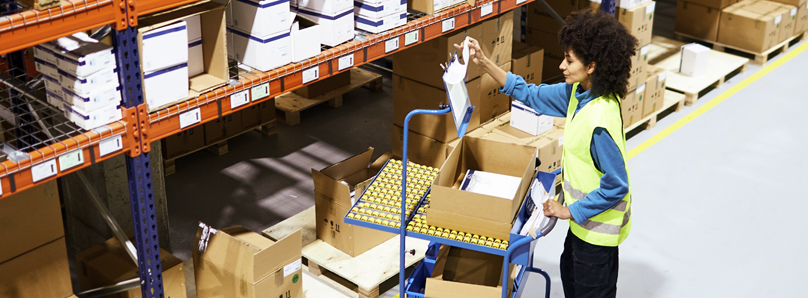How are you preparing for increased seasonal demand?

Against all the odds, it looks like the Olympics will go ahead next week – Hoorah! The games are always a motivational ray of sunshine… a demonstration of drive, determination and triumph in the face of adversity. Something we’ll all relate to a little bit more this year I think.
Approximately 11,000 Olympic athletes spend between 4 and 8 years meticulously planning, training, pushing through the pain, adapting, training harder… then, if they can hold it all together on the day, they may just win one of the 1,000 medals up for grabs (339 event medal sets).
It’s a life lesson for us all – harder, faster, stronger. Planning and adapting is the key to ensuring you are always performing at your best.
So, the question is, are you preparing adequately for increased seasonal demand, also known as Q4 peak? Are you planning, forecasting, adapting, building, monitoring, increasing – harder, faster, stronger?

Increased seasonal demand could be a real stress test
With an anti-climactic Christmas in 2020, could 2021 be the year that families make this Christmas “The big one”? The bank of England reported that households in the UK accumulated an excess stock of savings of £130 billion as spending dropped from March 2020 during lockdown. Is the UK set for a Christmas spending spree like no other?
With this in mind, planning needs to take centre stage as this year’s peak period may be just a tad more problematic than previous years. Increases in packaging demand and supply constraints are pushing out lead times, which means forward planning is essential.
Volatile markets have pushed prices higher – not just in the packaging world. To find out more about these, take a look at our blogs How to reduce costs during price volatility and Raw material price increases and how to mitigate them.
Planning is essential. Forecasting is essential. Ordering your packaging stock ASAP is essential.
We’ve pulled together some key considerations to help you manage increased seasonal demand and navigate your way through the Q4 peak.

Reduce picking times to meet seasonal demand
Consider the layout of your picking area, is it easy for your pickers to navigate and find product, or is it an assault course on a par with “Ninja Warrior”.
Improving layout and ease of picking doesn’t need to be a costly infrastructural change. It can be quick, easy and relatively inexpensive with low-cost temporary pick bins. Easy to assemble and strong enough to hold up to 500kg, they can be erected quickly. Interchangeable shelf dividers mean that each bay can be sized to specifically match your product range. It’s possible to adapt your floorspace in hours, not days.
The introduction of pick trolleys can also streamline the picking process, making it possible to pick multiple orders at the same time.

Make space for expansion
If space is at a premium, then it’s time to consider if you’re making the best use of it. Storage of low value packaging items on-site could be prohibiting your expansion to meet demand.
Purchasing packaging direct from a manufacturer may give you the best price per item, but it does become more costly when you start to factor in the cost of storage onsite. Think about it this way, potentially the floorspace taken by every 2 pallets of packaging could be enough to house an additional packing bench. Would that position you to react better to business growth?
There are typically always opportunities to reduce the number of packaging pallets onsite. These range from pallet optimisation right through to packaging distributors holding your stock offsite and delivering “JIT” to your packing lines.

Pack more efficiently
There are many ways to speed up the way you pack with seasonal demand. Implementing simplified packing processes, innovative pack designs and automation can reduce the number of operators touches per pack.
For a short-term fix to speed-up manual packing times read our blog 3 tips to keep up with increased order demand .
As a longer-term project, you may want to consider packaging automation . Auto boxing or bagging systems can significantly speed up your throughput and make better use of floor space. As each pack is built around your product it reduces packaging material use. It also improves parcel cubage and increases delivery vehicle capacity. Automation delivers significant savings on labour, packaging and courier costs, so a return on investment can be a matter of months.
If you need help to meet increased seasonal demand or are looking for more packaging tips on how to improve your warehouse efficiency, contact Macfarlane Packaging today.
